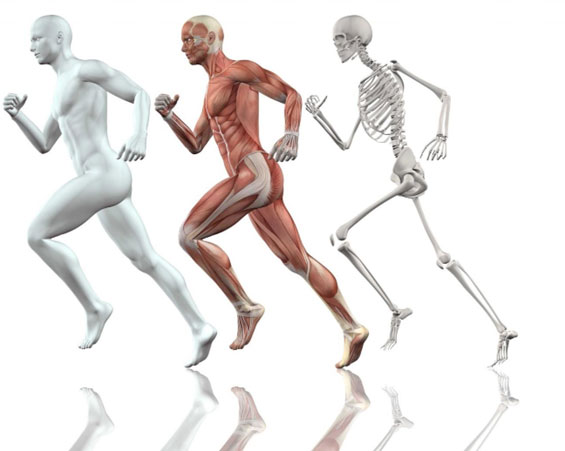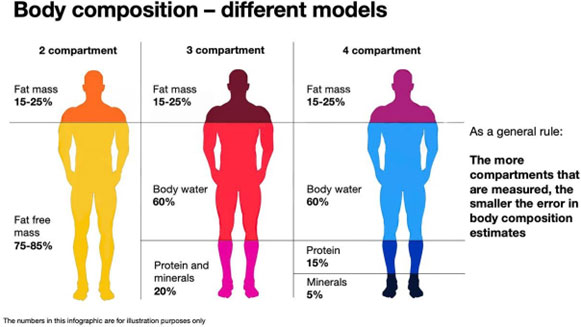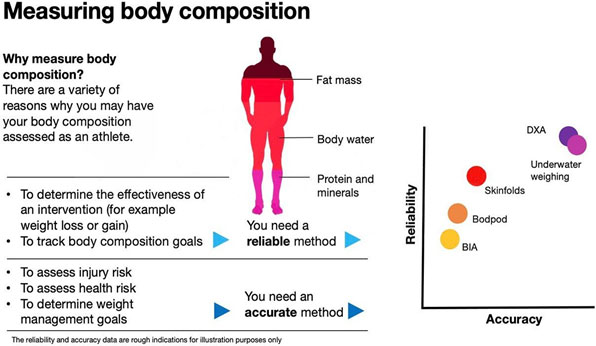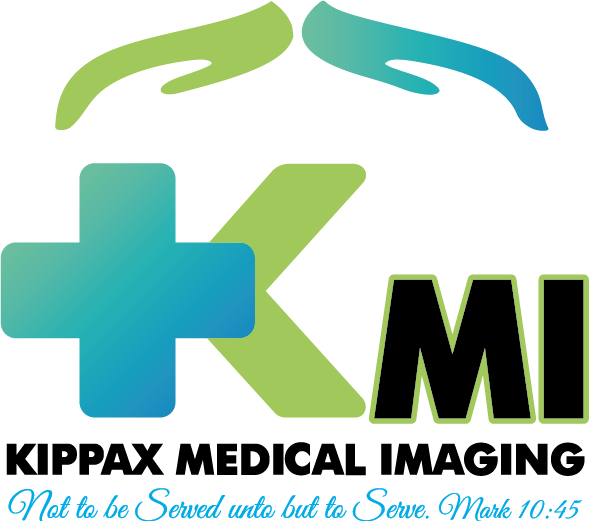Privately billed Body Composition
*Please be advised that medicare does not cover Body Composition, you also don't require any referral from GP
Building strong bones and a Composed Body
It is good to track your body composition and mineral density once every 1 or 2 years regardless of your age, as it will help you to maintain a healthy body and strong bones. You can run and hike without being weary! To learn more, talk to your health care professional or call us and we can guide you through the process.

Body composition (BC) is something that is measured regularly. A BC scan will help you maintain optimum body composition, greater fitness, and overall good health.

What is body composition?
Our bodies are made up of bone, muscle, tissue and water. Body composition measures what proportion of the body is made up of each of these components. At the most basic level, body composition is measured using a ‘two compartment model’, meaning that it assesses:
1. Fat mass (FM): as it says, fat stores within the body.
2. Fat free mass (FFM): all other body components (excluding fat). This includes internal organs, skeletal muscle, bone, and body water. Body composition can be measured up to a maximum of five compartments – atomic, molecular, cellular, tissue and whole body (1). In most cases, the more compartments that are measured, the less error there is in body composition estimates. However, measuring more compartments requires multiple methods of body composition assessment to be used. It is more common that a basic two-compartment model is used to assess body composition in athletes. Although these methods are more practical, estimates of FFM can vary largely between methods.
Why measure body composition?
There are a variety of reasons why you may have your body composition measured, including:
• To determine the effectiveness of an intervention.
• To track body composition goals
• To assess injury risk. For example, low bone mineral density is linked to increased bone stress and therefore, fracture risk.
• To aid in setting body composition goals.
• To assess health risk (could be due to being underweight or overweight).
For the first two reasons you will need a method that provides reproducible results (i.e., is reliable). Even if it is not very accurate it is still possible to use this method to track changes. The other reasons require accurate absolute numbers and therefore the method must be reliable but also accurate.
Methods of body composition measurement
There is a range of techniques that can be used to measure body composition which vary in their accuracy, reliability, cost etc. Commonly used methods only provide an estimate of body composition because they are based on assumptions regarding the compartments measured. This is because the only truly accurate way to measure body composition is by dissection! Below is a brief overview of the common methods used.
1- Dual energy x-ray absorptiometry (DEXA/DXA)
DEXA uses X-Rays to determine bone mineral content, FM and FFM
2- Bioelectrical impedance analysis (BIA)
This provides a measure of total body water, which is converted to FFM and is determined by passing an electrical current through the body, measuring tissue resistance to the current.
3- ISAK Skinfold measurements
These measure a double fold of skin and subcutaneous adipose tissue. Measurements can be converted to a body fat percentage.
4- Air displacement plethysmography (Bodpod)
Air-displacement plethysmography allows for the calculation of body composition based on assumptions of value constants for FM and FFM densities.
5- Hydrodensitometry (underwater weighing)
Body volume is calculated based on how much water is displaced. Body density is determined and then used to estimate body fat percentage.
Different techniques vary in accuracy and their reliability. DEXA is the gold standard tool for osteopenia and osteoporosis and remains valid, reliable, and practical. It is important to understand the benefits and and limitations of each method.

This information is of general nature only and is not intended as a substitute for medical advice. If you have any questions or concerns, please ask your doctor or medical imaging staff. They will be happy to explain.
We offer body composition scans so that you can:
- Get accurate measurements
- Make more effective decisions
How long will the examination take?
The whole examination takes about 20 minutes.
With DEXA full body scan you will know when your program is working and when it is not. Monitoring your results will allow you to make more effective diet and training program decisions. This is done just like athletes do, with truly accurate, scientific data.
Call us and speak to one of our friendly staff.
Cost Information
Body Composition is privately billed without any medicare rebate and no referral required as well. Kindly contact admin team for further billing information.

 Serving patients and Saving their lives
Serving patients and Saving their lives